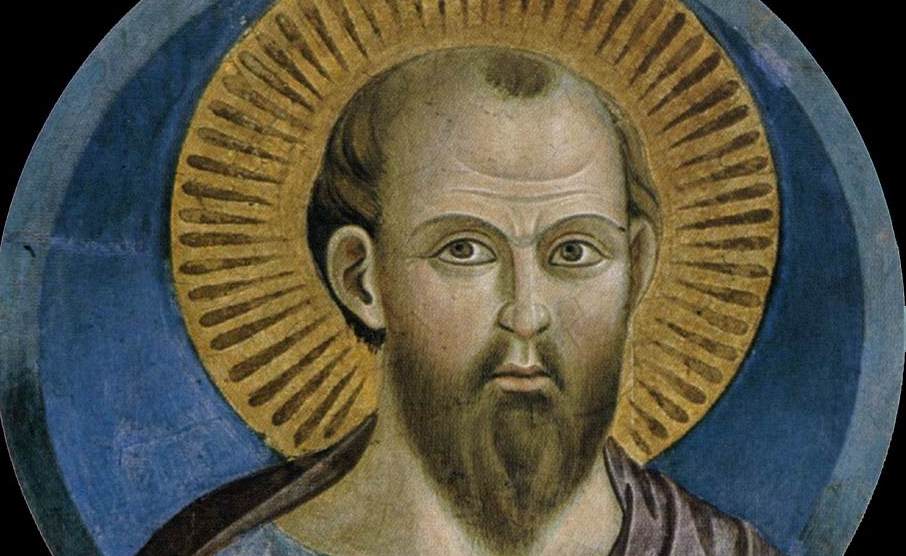Paul’s letter to the Colossians rarely gets the attention it deserves. It may not offer the therapeutic comfort of Philippians or a much-needed guidance amidst mounting ethical concerns as in his Corinthian letters. However, in Colossians, Paul offers one of the most comprehensive explanations of the gospel — a sweeping view that brings together two main events of human history, that of creation and of redemption of the world through Jesus Christ. Therefore, it is not surprising that Colossians contains rich theology of the person of Christ, all in the context of the gospel’s theme.
Login to read more
Sign in or create a free account to access Subscriber-only content.
